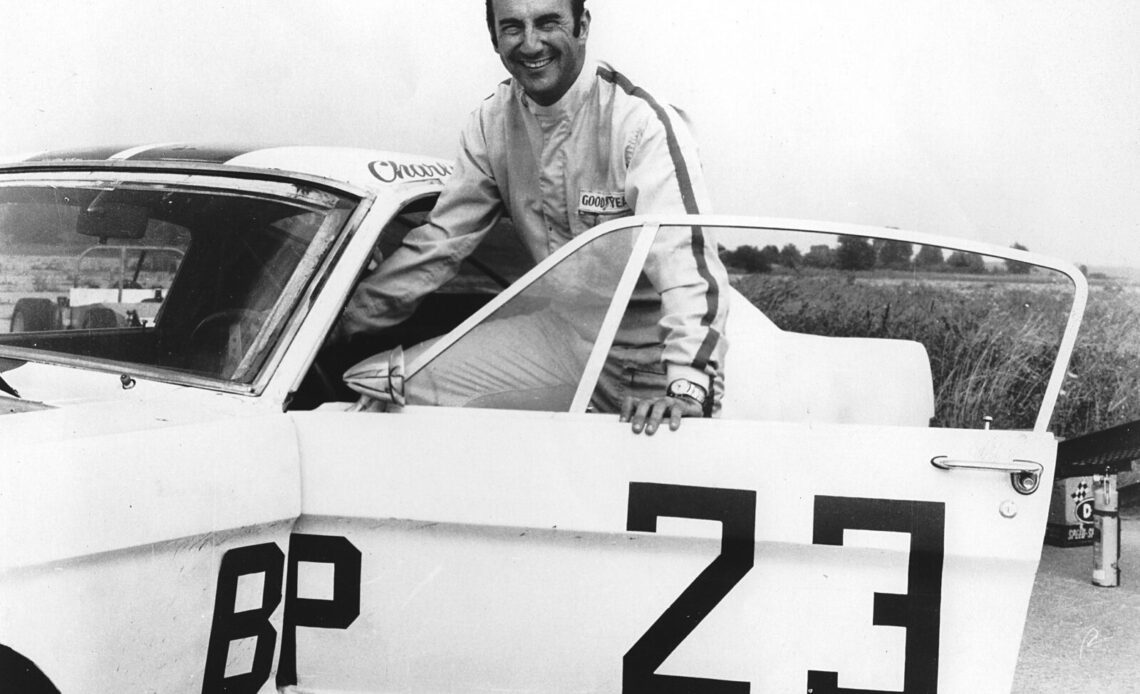In the mid-1970s, Bill France’s International Motor Sports Association (IMSA) had a problem. Though the organization sanctioned the United States’ greatest sports car races, the cars themselves were a lot less American than the tracks they raced on.
After the big American automakers slashed their racing budgets during the oil crisis of 1973-74, the series was utterly dominated by Porsche. Twenty-one of the 51 entries in the 1975 24 Hours of Daytona were 911s, a race where the German marque locked out 13 of the top 15 positions. As legends Hurley Haywood and Peter Gregg took the checkered flag in a Brumos 911, the highest-placed American car was an AMC Gremlin in 17th.
To give the fans some home-grown, high-displacement heroes to cheer for, IMSA introduced the All-American GT class midway through 1975, its ruleset catered to privateers like John Greenwood, who tackled the high banks of Daytona with a series of scary-fast-but-unreliable Corvettes. It was the DeKon-prepared Chevy Monzas, little coupés fitted with box flares, big wings, and fuel-injected GM V8s that eventually dethroned Porsche in the series championship in 1976 and ‘77, but it was Ford’s answer – or technically, Charlie Kemp’s Ford-flavored independent answer, that most pushed the boundaries of what was possible under the rules of AAGT.
Kemp was a former dirt oval and drag racing champion who, based on an uber-successful stint in Sports Car Club of America (SCCA) racing in a secondhand Shelby GT350 (pictured), converted his skill behind the wheel into a successful stint in Can-Am with Porsche.
Kemp was initially tapped by Mark Donohue to join a new Monza-based IMSA program in ‘76, but after Donohue’s death in an F1 practice crash in mid-’75, he went his own way. After signing with Dobbs Ford (a dealership in Memphis, Tenn.) Kemp got to work on what would soon be called the Kemp Cobra II.
“Soon” is the operative word. Kemp and Jimmy Dobbs began designing the Cobra II in November of 1975, with less than two months before its scheduled debut at the 24 Hours of Daytona.
Dobbs donated a stock Mustang II, and Kemp used its bodywork to shape the molds for the custom fiberglass panels of the racecar. They sourced a 351 Cleveland V8 modified by then drag-racing specialist Jack Roush – the very beginning of Roush’s long career in sports cars – and a four-speed Toploader transmission from a Winston Cup car. As required by the rules of…
Click Here to Read the Full Original Article at …

